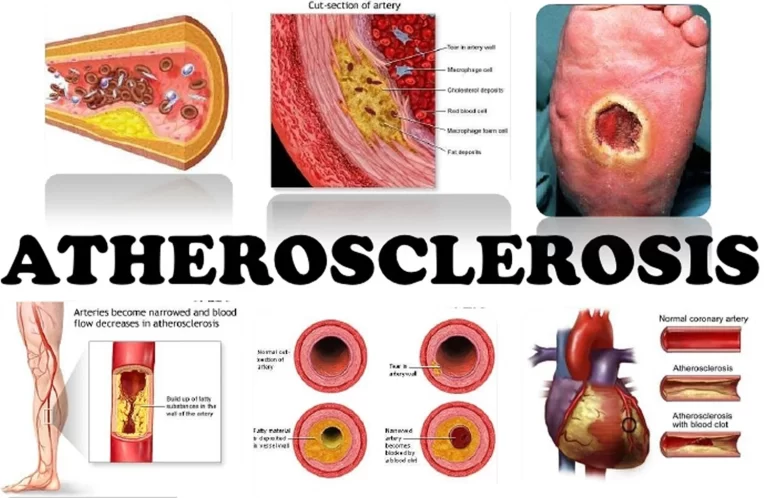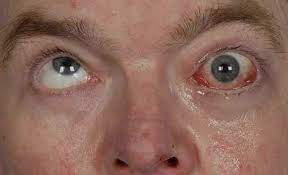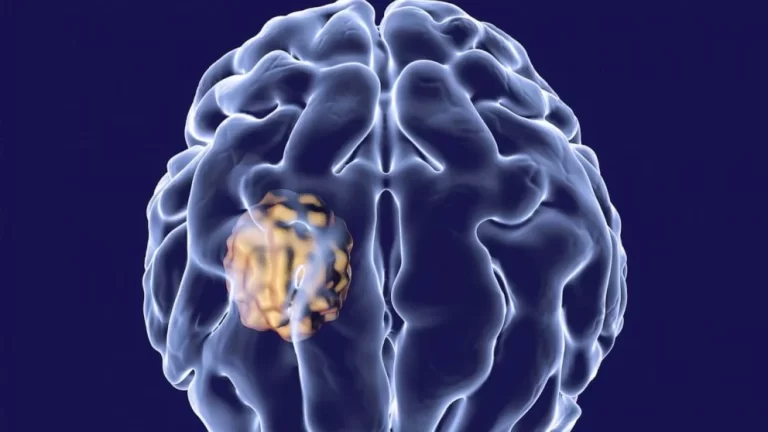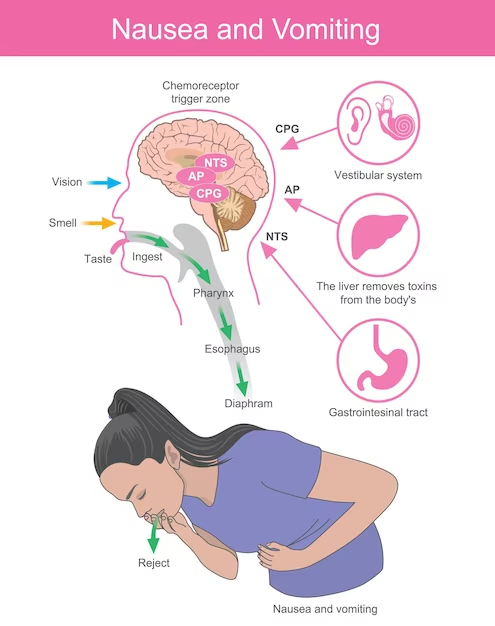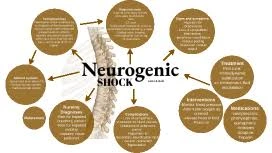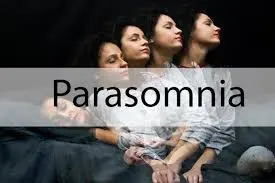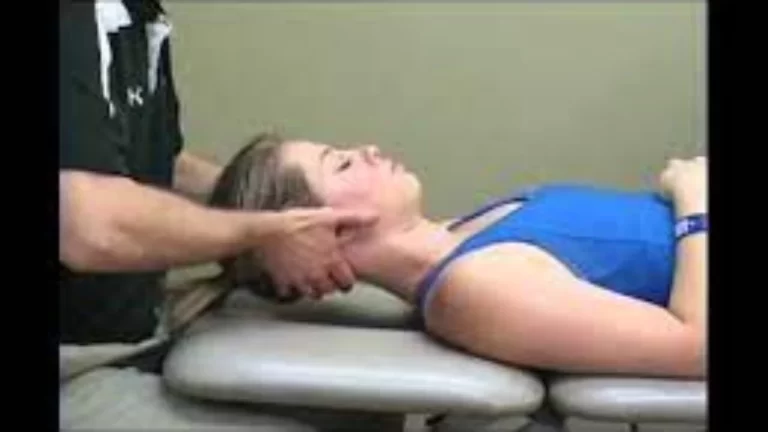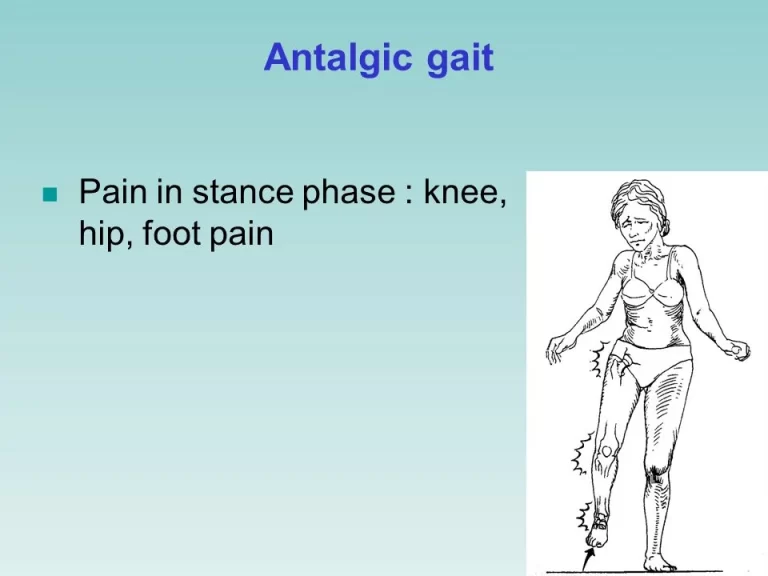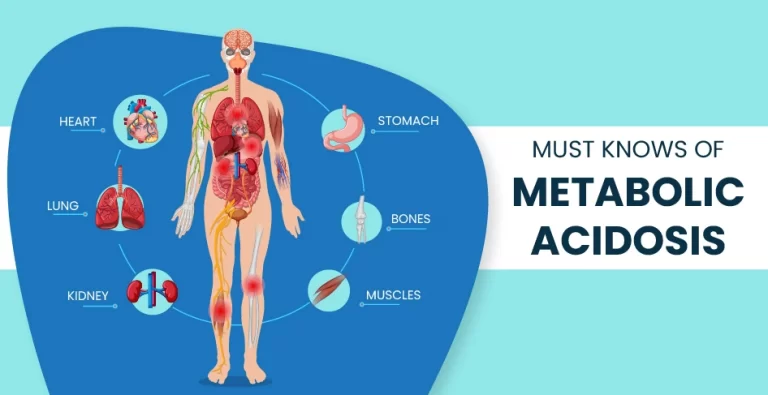Atherosclerosis
What is Atherosclerosis? Atherosclerosis is a chronic disease characterized by the accumulation of plaque inside the arteries. It is the leading cause of cardiovascular diseases, including heart attacks, strokes, and peripheral arterial disease. Arteries are blood vessels that bring oxygen-rich blood to organs & tissues throughout the body. Plaque is a sticky substance made of…

